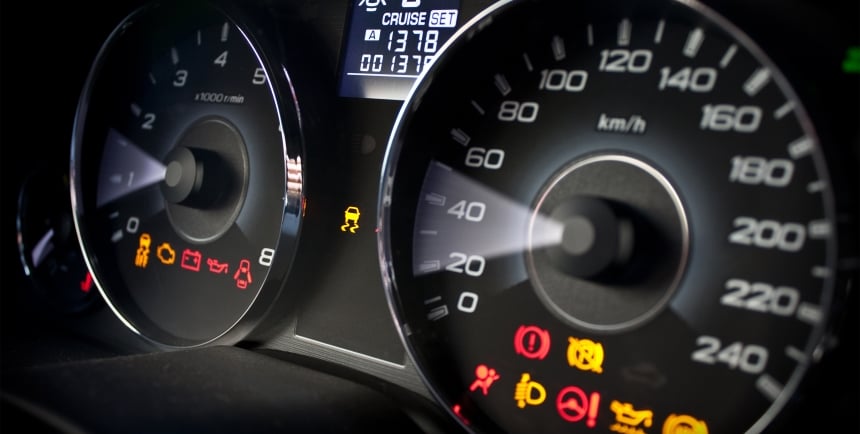Dashboard Warning Lights: What Do They Mean and Why Do They Matter?
Blog post description.
6/11/20233 min read


It's happened to all of us: you're driving down the road, minding your own business, when suddenly a warning light pops up on your dashboard. Maybe it's a little icon of an oil can, or a battery, or a check engine light. Whatever it is, it's a signal that something isn't right with your vehicle.But what do these warning lights actually mean? And why do they matter? In this blog post, we'll dive into the world of dashboard warning lights, exploring the top 5 reasons they come on and what can happen if you ignore them.
The Importance of Dashboard Warning Lights
Dashboard warning lights are like the check engine light for your car's health. They're designed to alert you to potential problems with your vehicle, so you can address them before they become major issues. Ignoring warning lights can lead to expensive repairs, reduced fuel efficiency, and even accidents on the road.
The Top 5 Dashboard Warning Lights
1) Check Engine Light: This is perhaps the most well-known warning light on your dashboard. It can mean a variety of things, from a loose fuel cap to a major engine problem. It's important to get this light checked out as soon as possible, as it could indicate a serious issue with your vehicle.
2) Oil Pressure Warning Light: This light indicates that your engine oil pressure is low, which can lead to engine damage.. and within seconds! It's important to stop and check your oil level if this light comes on. I say oil is like blood, if you don’t have blood you die, so will your engine!
3) Battery Warning Light: This light indicates that your vehicle's charging system is not functioning properly. If ignored, it can lead to a dead battery and an inability to start your car.
4) Brake System Warning Light: This light can mean a variety of things, from low brake fluid to worn brake pads. It's important to get this light checked out as soon as possible, as your brakes are a critical safety feature of your vehicle.
5) Tire Pressure Monitoring System (TPMS) Warning Light: This light indicates that one or more of your tires is low on air pressure. Driving on underinflated tires can lead to reduced fuel efficiency and poor handling, and can even cause a blowout.
Did you know as a general rule of thumb Red means STOP! and quickly! Red warnings can cause damage, sometimes within seconds! Yellow means you can continue but you need to investigate the cause as soon as possible. Green means a system is active and working correctly like your cruise control.
A Story of Ignoring Warning Lights
One of our customers, John, was driving down the road when his oil light came on. He didn't think much of it, assuming it was just a minor issue, the oil level was ok last time it was checked. But he kept driving, and soon he noticed his car was making strange noises and struggling to maintain speed.
By the time he pulled over to check the engine, it was too late. The engine had seized and was irreparably damaged. He was stranded on the side of the road facing an long wait for a recovery truck and an expensive repair.
Don't be like John. If you see a warning light on your dashboard, take it seriously. It could save you a lot of time, money, and stress in the long run.
Conclusion
Dashboard warning lights can be a little intimidating, but they're an important part of keeping your vehicle running smoothly. By understanding what they mean and taking action when they come on, you can avoid costly repairs and stay safe on the road. So the next time a warning light pops up on your dashboard, don't ignore it - take action and get it checked out.
At Venn Park Garage we use a range of diagnostic equipment to locate the issue and repair your vehicle. If you have a warning light on contact us today to make an appointment.

Teign Valley Road, Bridford EX6 7JZ
01647 252378
reception@vennparkgarage.co.uk
© 2023 Venn Park Garage
